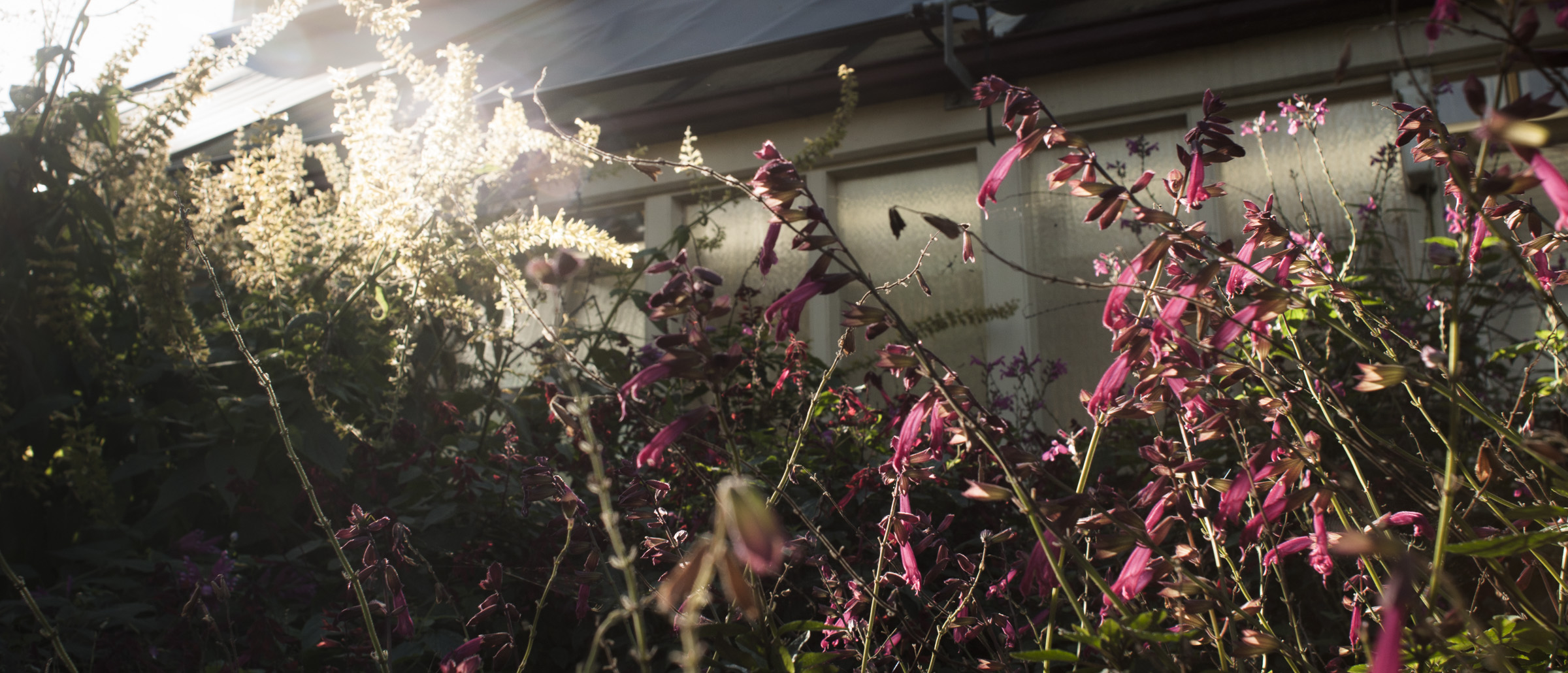The Role of Metaphor in Chinese Gardens

- Words by
- Rohan Kleem
“Rocks are just rocks. They’re not poetry. They’re not horses. That one doesn’t look like a rat, and those ones don’t look like anything. Why do they always do that?” That’s what I was thinking fourteen years ago as I meandered through the jagged shards of China’s Stone Forest, where huge rocks pierce the earth’s skin for several metres like big grey towers.
By then I had developed a theory: Chinese folks liked looking at seemingly boring, inanimate objects (which were pretty much all the same: same colour, same ugly features, same bumps, same uselessness) and turning them into things like horses or dragons or fishermen. My Chinese teacher, Mrs Wong, used to do it all the time and it was something I had learned to brush aside.
It’s taken a few years, but when I visit Chinese gardens today, I see rocks somewhat differently. In Sydney’s Chinese Garden of Friendship recently, I saw the horse that breaches the Central Lake of Brightness. If you were there with me, you might’ve looked at it, done a double take and, with a anxious crease forming between your eyes, advised me: “That? That’s a rock.” And I guess, in most contexts, it is. But this isn’t any ordinary context. It’ a garden, a Chinese garden. And in a Chinese garden, one of the most important concepts is metaphor.
These days I find myself increasingly captured by metaphors. And of course, they’re one of poetry’s most powerful tricks. When you accept the power of metaphor in a garden, it becomes poetic in its own way, the link between them becoming increasingly clear. Gardens help us map one part of the world in relation to another, helping us find meaning.
On every level – structural, physical, aesthetic, philosophical – a Chinese garden is tied to rhythm and metaphor. The rocks are its bones, the plants its flesh, the water its blood. And no Chinese garden is complete without the harmony of bones, flesh and blood. It speaks to the classic Chinese concept of yin and yang.
When we explore this concept within the context of a Chinese garden, something becomes clear: two seemingly unrelated spheres can actually be very similar, and suddenly, the garden itself becomes a reflection on the earth and of ourselves. Where balance is important in a garden, so is it between us and the earth.
For example, one of the things I love in Chinese gardens are the zig-zag bridges. Sure, they’re fun and they look beautiful, but they illustrate a concept. It is believed that a wandering mind unlocks mysteries. As the Chinese proverb goes, “By detours, access to secrets”. By physically making us zig-zag, the bridge is helping our mind to uncover secrets.
It is this integration of parallel concepts that make metaphor and poetry such powerful aspects of Chinese gardens, and I find them truly amazing philosophical spheres. Which is why I am no longer annoyed by analysis of rocks in Chinese philosophy. You could even say that I enjoy it and look forward to the absurdity of it now. Because truth be told, it’s one of the few vehicles with the same power as poetry to provide us with insight into our connection with the world around us; everything is not as it seems, and value can be found in all things, no matter how inane, ugly or useless they may initially seem.
Anyway, like I was saying, there’s this incredible rock that looks like a horse at the Chinese Garden of Friendship. Oh, and there’s one that looks like a rat…oh, and a fisherman. See you there?





